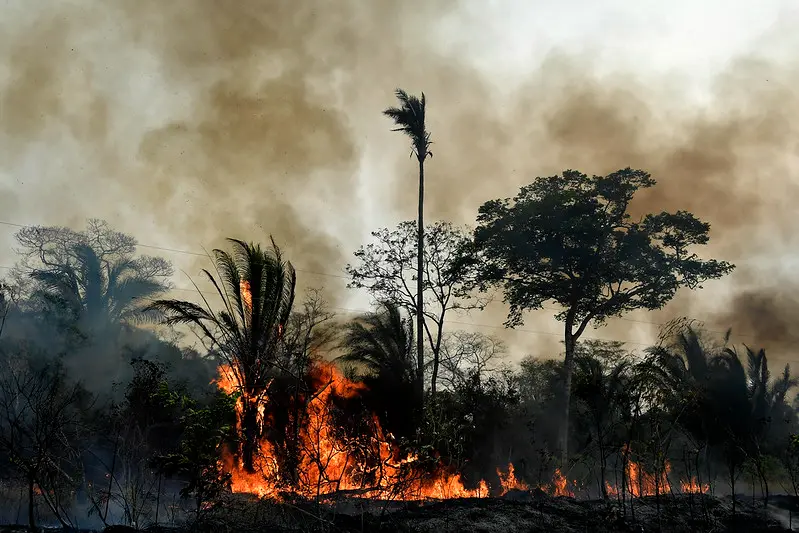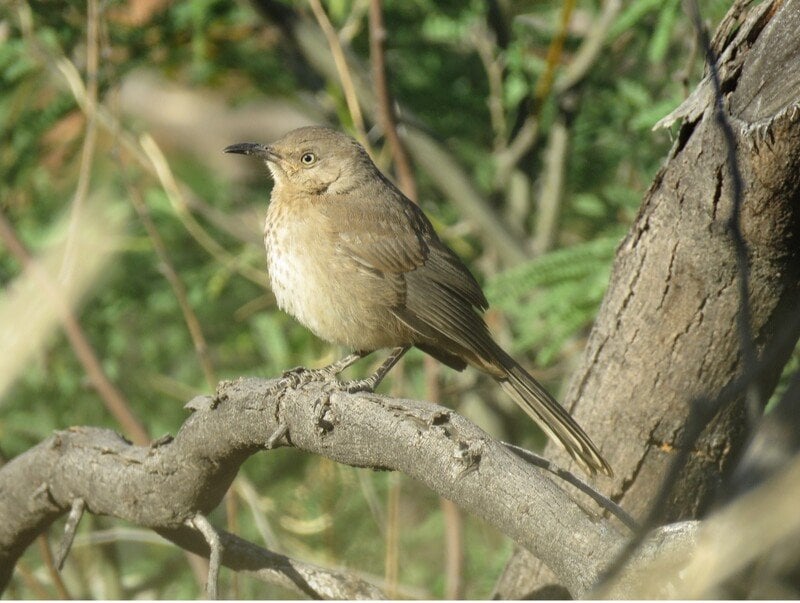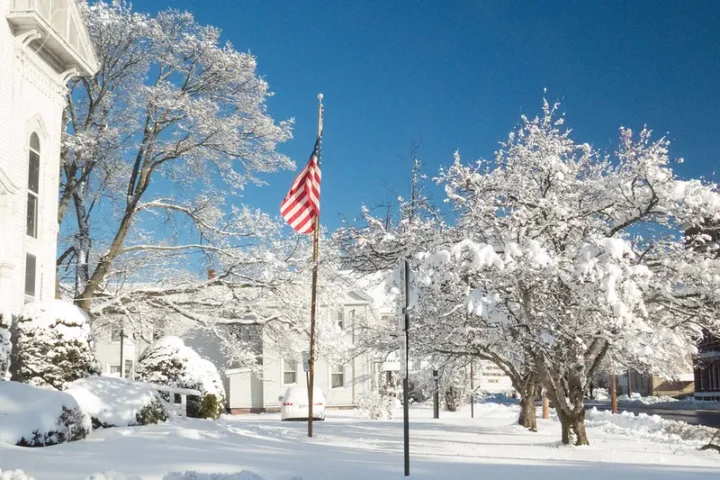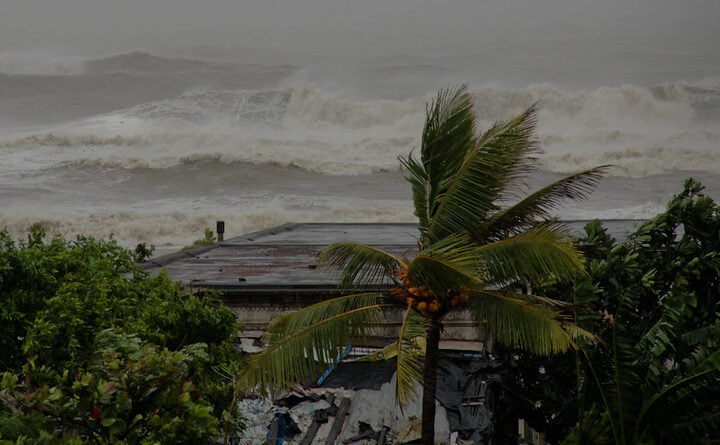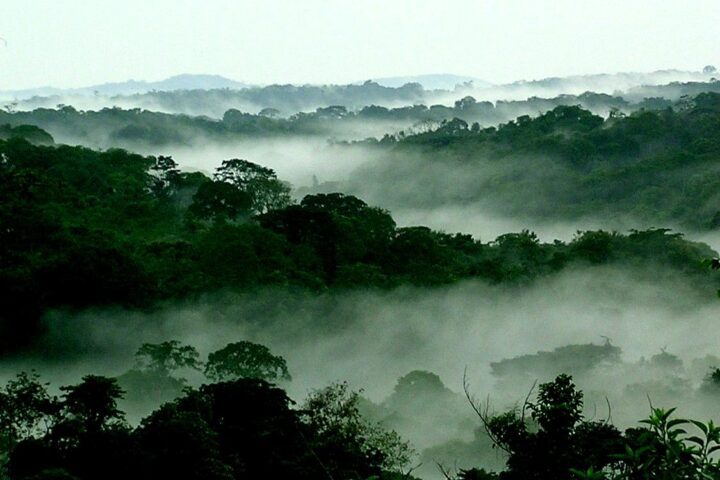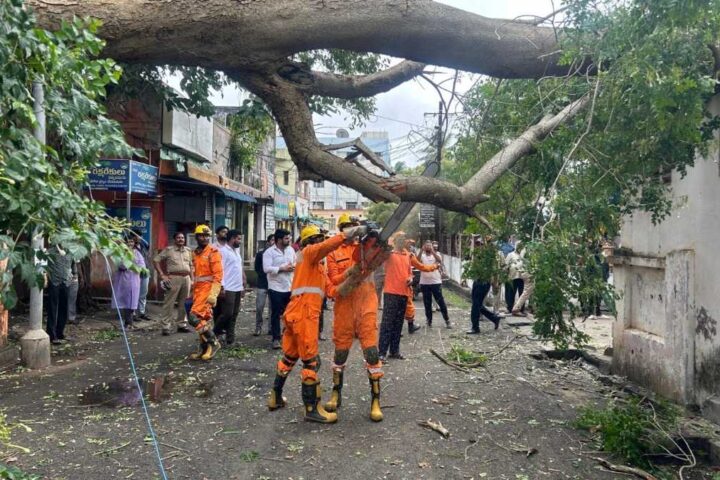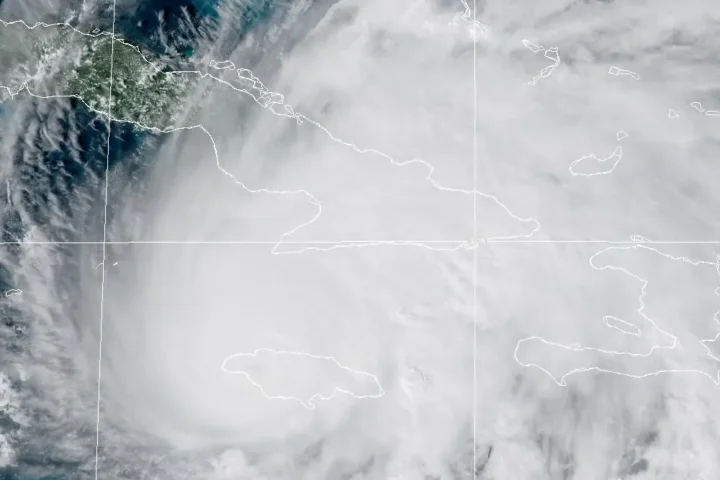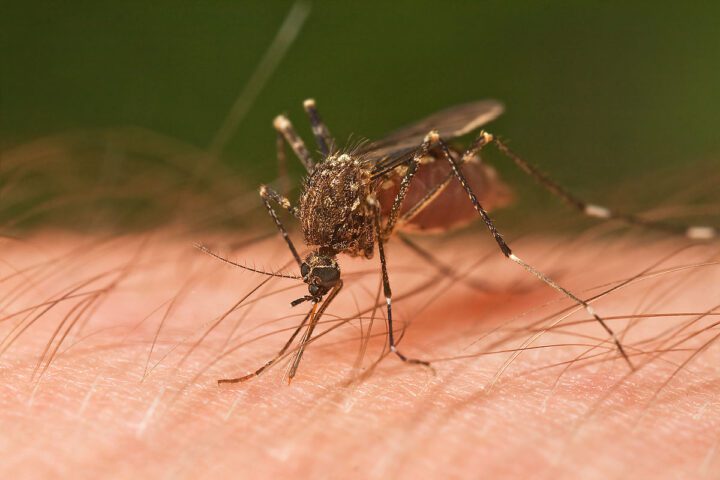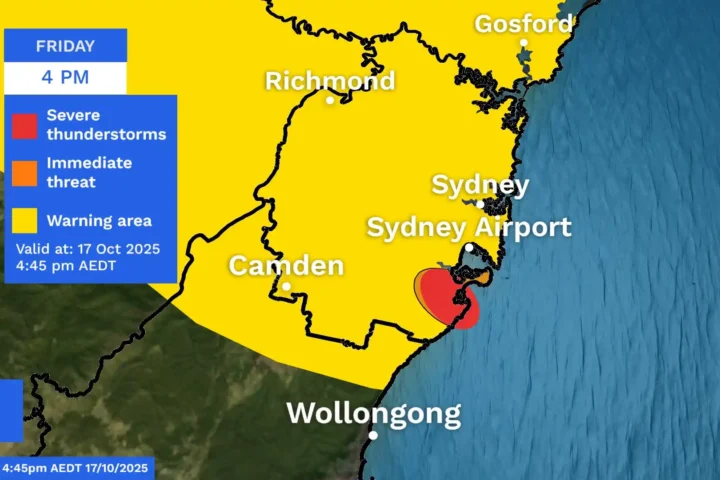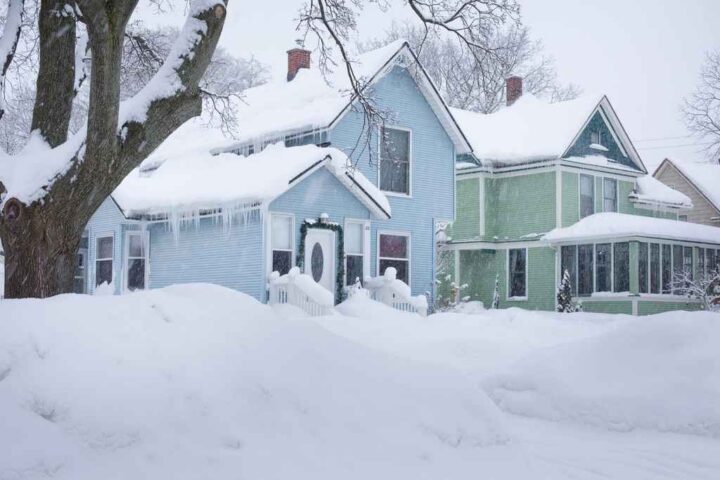The world’s forests vanished at an unprecedented rate in 2024, with fires emerging as the biggest threat to tropical rainforests for the first time in recorded history. The loss was particularly severe in the Amazon, where extreme drought turned typically fire-resistant rainforests into tinderboxes.
Last year’s forest destruction wiped out an area the size of Panama – about 6.7 million hectares of pristine tropical forest. That’s roughly 18 soccer fields disappearing every minute, nearly double the loss seen in 2023.
“The signals in these data are particularly frightening,” says Matthew Hansen, who leads forest monitoring at the University of Maryland. “The fear is that the climate signal is going to overtake our ability to respond effectively.”
Brazil, home to most of the Amazon rainforest, lost the most forest of any country. The fires and drought erased years of conservation progress, with forest loss reaching levels not seen since 2016. Despite the Brazilian government’s promises to protect the Amazon, the country lost 2.8 million hectares (6.9 million acres).
“This was unprecedented, which means we have to adapt all our policy to a new reality,” says Andre Lima, who oversees Brazil’s deforestation control efforts. Fire has now become the government’s top priority, marking a shift from past approaches to forest protection.
Bolivia faced an even steeper crisis. Its forest loss jumped by 200% in 2024, pushing it past the Democratic Republic of Congo to become the second-worst country for tropical forest destruction. The surge came from a perfect storm of drought, uncontrolled fires, and government policies that encouraged clearing land for farming.
Similar Posts
The destruction wasn’t limited to the tropics. In the northern boreal forests of Canada and Russia, wildfires raged out of control. Each country lost 5.2 million hectares (12.8 million acres) of forest to wildfires in 2024.
There were some bright spots. Several Southeast Asian countries managed to reduce their forest loss. Indonesia cut its losses by 11%, while Malaysia and Laos also saw significant drops. These improvements came from better fire prevention and stricter controls on expanding farms into forests.
One small success story emerged from Bolivia’s Charagua Iyambae Indigenous territory. While fires ravaged the country, this community kept the flames at bay through careful land management and early warning systems.
However, the overall picture remains grim. Rod Taylor, forest director at the World Resources Institute, points to a fundamental problem: “There’s more money to be paid by chopping forests down than keeping them standing.”

The data raises serious concerns about meeting global forest protection goals. In 2021, 145 countries promised to stop deforestation by 2030. Instead of progress, most countries with large forests are losing them faster now than when they made that pledge.
These losses create a dangerous cycle. As climate change makes forests hotter and drier, they become more likely to burn. When they burn, they release more carbon dioxide, which further worsens climate change. Breaking this cycle will require both tackling climate change and finding better ways to protect forests.
